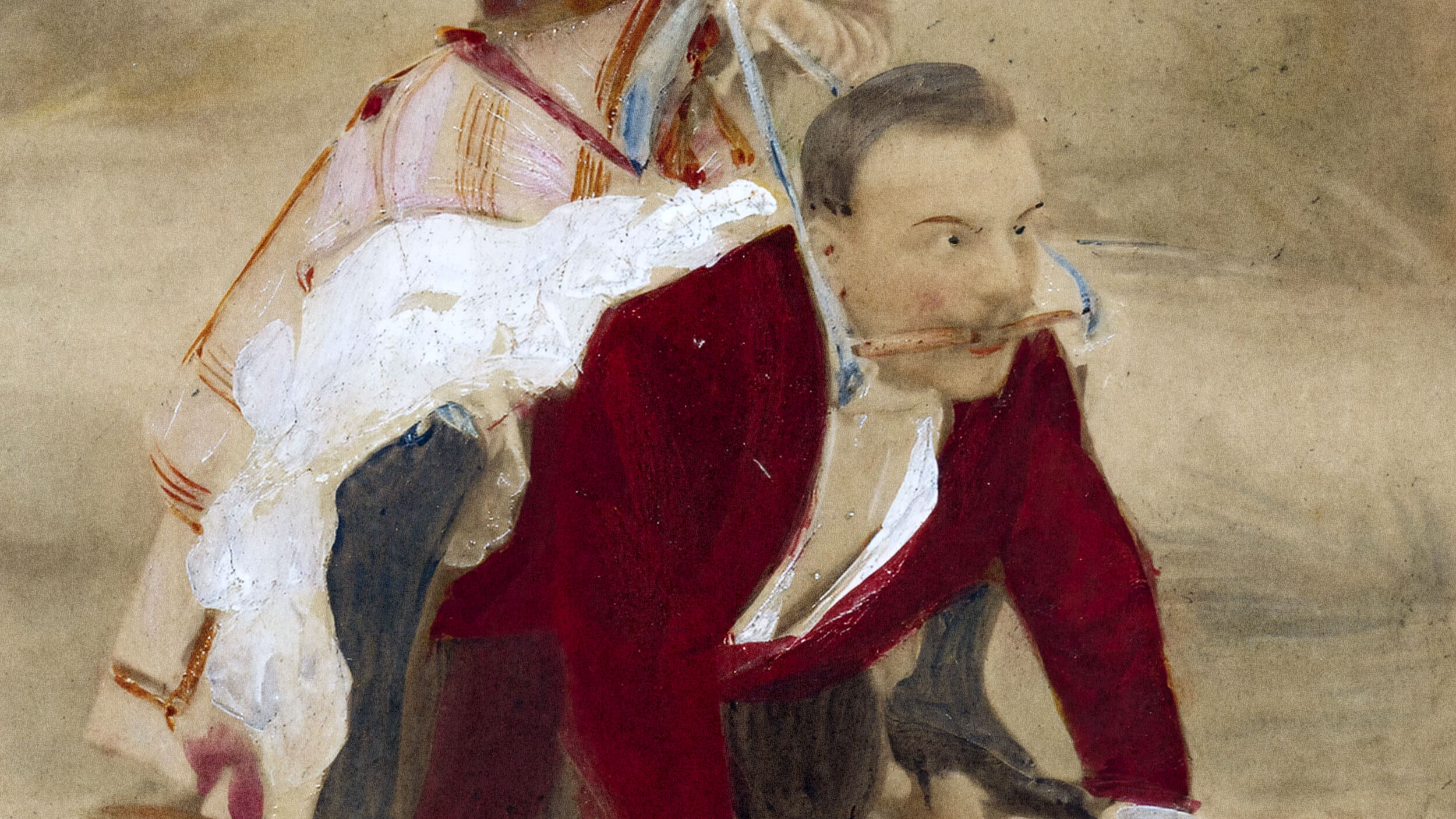Antonelli talks about her new MoMA salon.
Question: Should designers draw on science?
Antonelli: Well you know designers and artists have been looking to science for a long time for inspiration. You know it’s one of the most important sources besides nature and besides each other – art and design – that they have. So definitely the communication is important. But also I think that scientists can learn a lot from designers. And that’s why about a year and a half ago, together with a science magazine called Seed, with Adam Blye, we started a salon at MOMA monthly. And we started inviting the same group of about 40 people, and we had designers and scientists come together. Four presentations every time and then discussion. And it’s become really good because people know each other. They’re not shy anymore. It already sparked collaborations between designers, architects, and scientists. And what we have learned, as always, is that it’s a matter of exposure and it’s a matter of habit – communication. So at the beginning the spheres can be quite separate. And then when they discover each other and they start talking the same language, really it’s unstoppable. Designers are very helpful to scientists. You know there are some designers that kind of have their feet in both worlds, like Ben Fry. He’s a really interesting information architect, and he’s been trying to help scientists work on not only their presentations, but also on the delivery on . . . of enormous amounts of data. You know visualization is very important because it’s never objective. It’s like a reportage. However you know the choices that you make and what you choose to show are very important for the final message and final outcome. So he’s been working with scientists a lot. And scientists have been trying to really provide designers with very important tools. Just to give you an example, none of physics is about . . . One of the possibilities of nanophysics is to build objects – tools – atom by atom. So that has prompted scientists to start designing. What John Seely Brown, who is a . . . He used to be the head of Xerox Park, he calls it “thinkering”. So it’s tinkering, but intellectual tinkering. So you have all these scientists building things, alphabet soups, ABCs and nano particles. And at the same time there are designers and architects that are learning the capabilities; the potential of aggregation and self-aggregation. They’re trying to think of buildings and objects that come together by themselves. Basically you have these initial particles, you give them a push, and then they come together. You know you just give them guidance. So there are architects like _________ here in New York, or Francois ___________ in Paris that are really working on this. And I’m positive that this is going to be the future of architecture and design.





